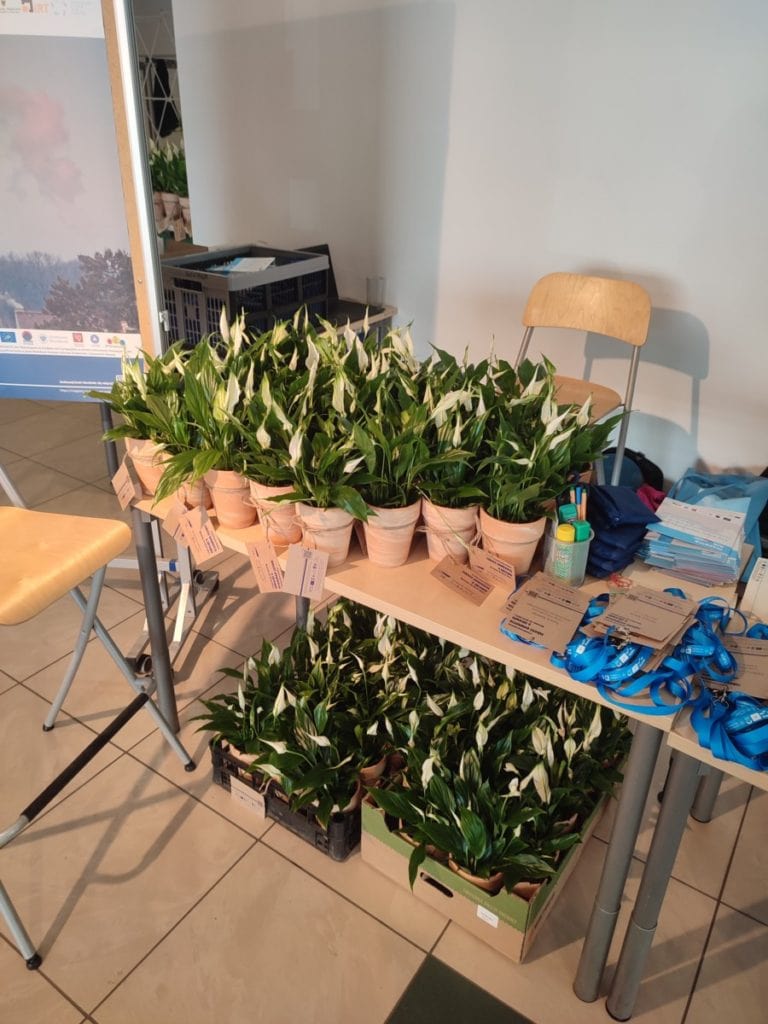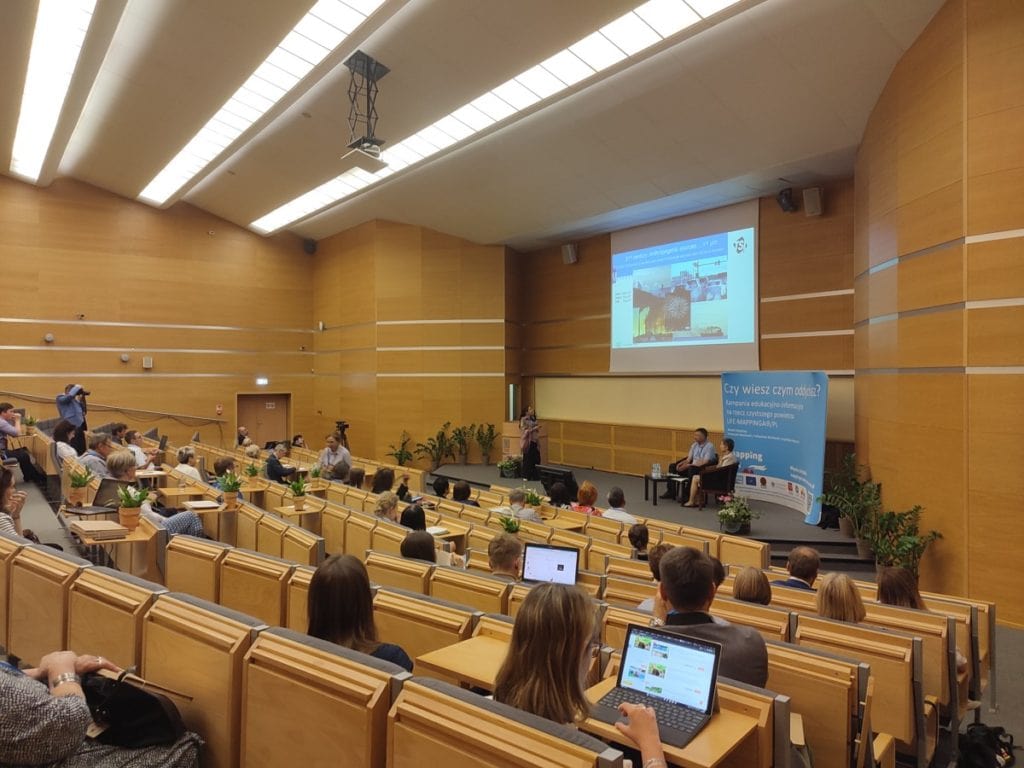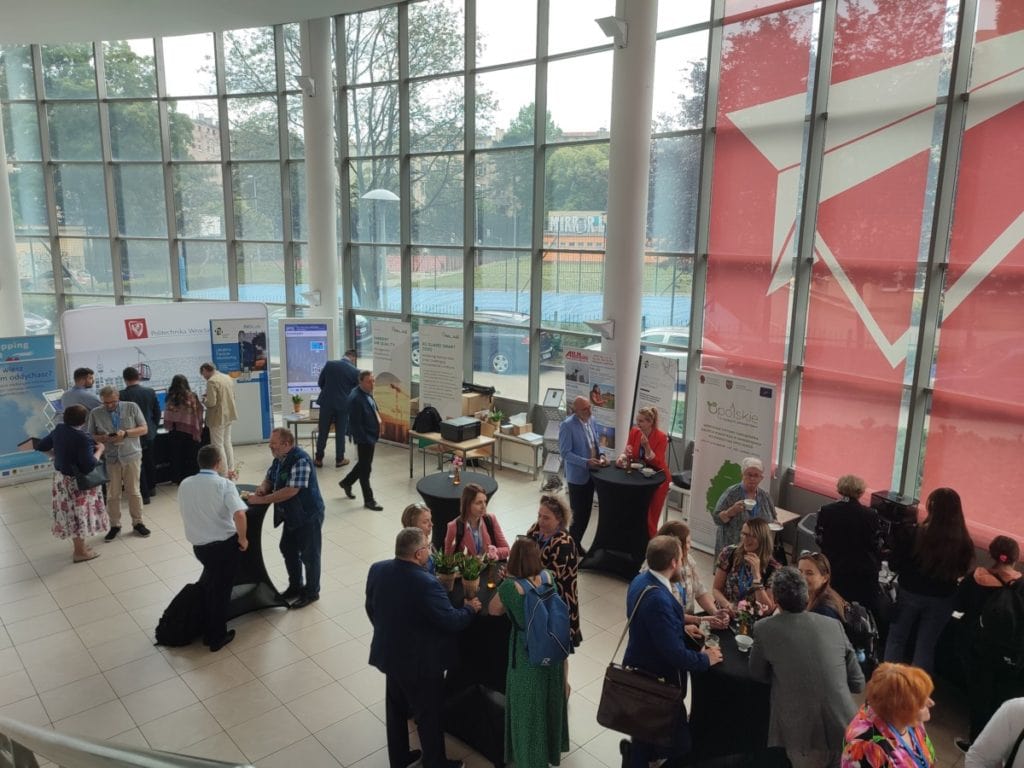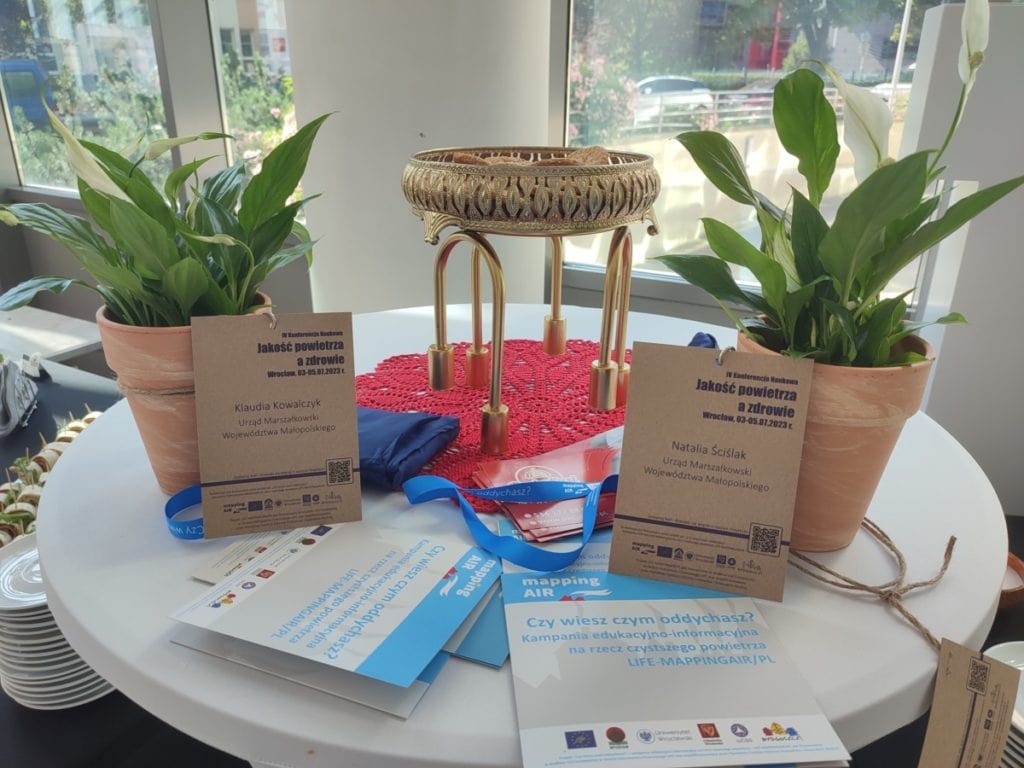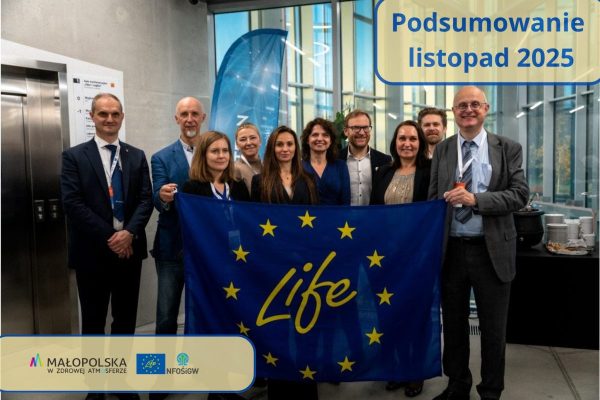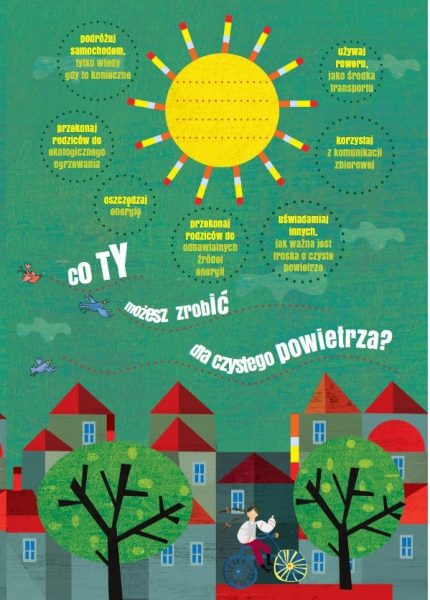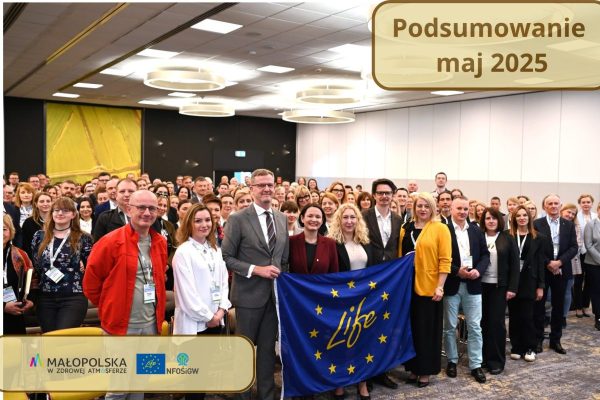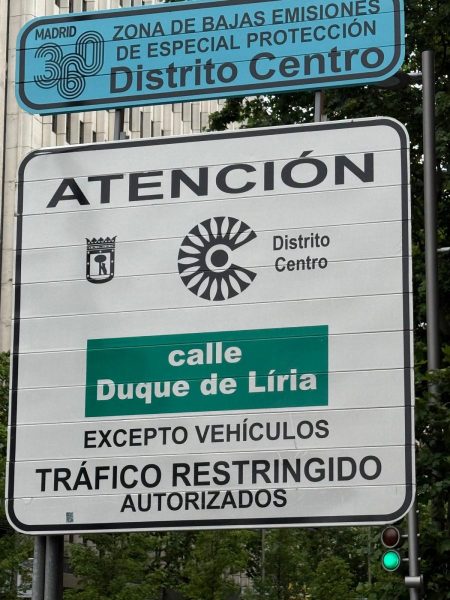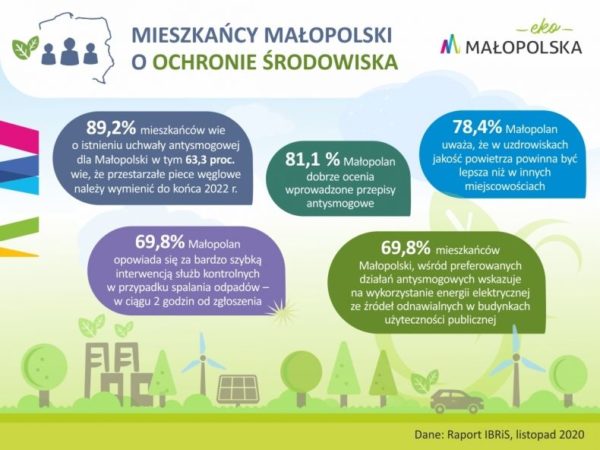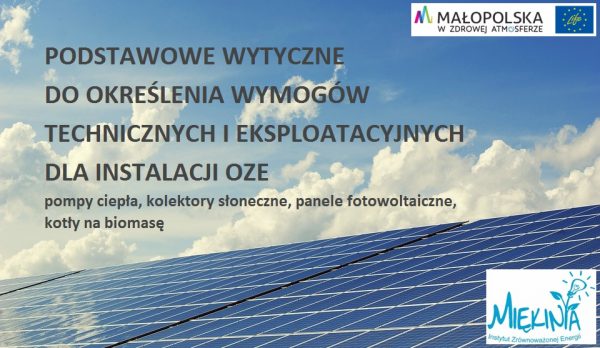Air quality and health- representatives of science and authorities together for better air
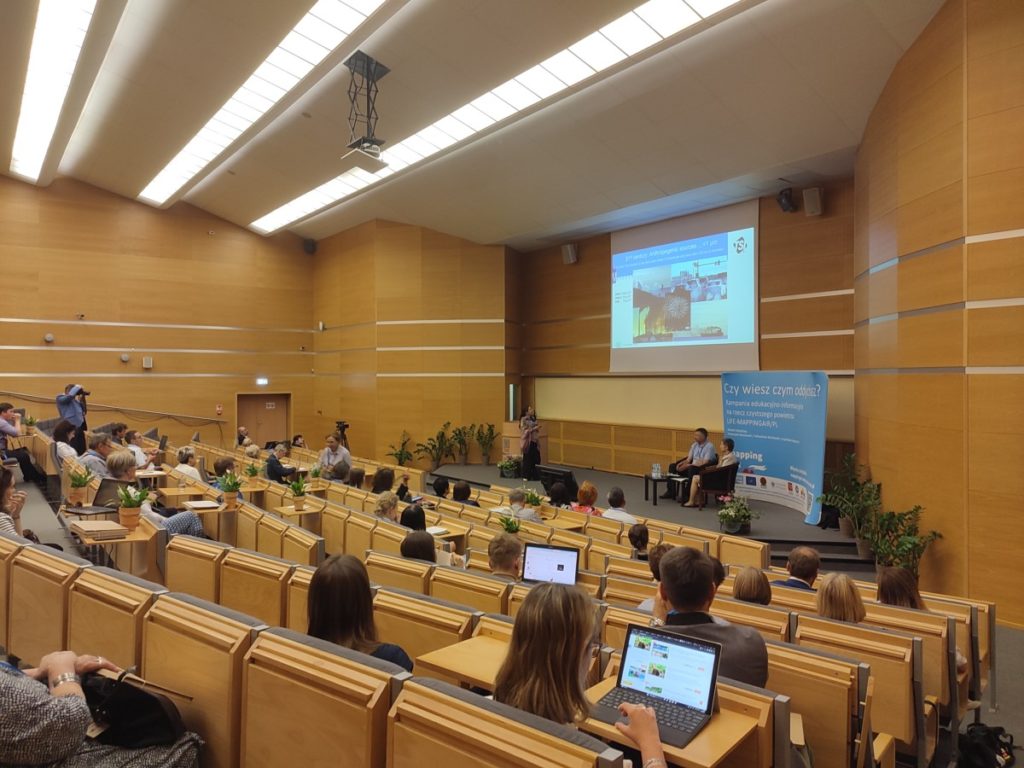
On July 3-5 this year at the Congress Center of the Wrocław University of Technology it was worthwhile to be at the 4th Scientific Conference “Air Quality and Health”. The conference provided a platform that brought together the scientific community, air quality institutions, regional authorities and public benefit organizations or environmental educators.
The scientific event was implemented within the framework of Project LIFE-MAPPINGAIR/PL.
Health and environment
As in previous editions, the main theme of the conference was the study of air pollution and its impact on human health and life. Environmental education issues were also raised and legal aspects related to improving air quality. This year, the topic of bioaerosol was also added to the program, which is important in the context of increasing climate change.
The organizers of the event were the University of Wroclaw, Wroclaw University of Technology, the City of Bydgoszcz, Medical University of Piastów Śląski in Wrocław, the Institute for Territorial Development and the European Clean Air Center. Representatives of the LIFE project “Malopolska in a healthy atmosphere” also took part in the fourth edition of the JPAZ conference.
Three days of discussions
The conference was divided into three days. Its program included a variety of presentation sessions, discussions and panels. The first day began with an opening session, followed by three blocks of presentations. They discussed topics related to the impact of air quality on health, as well as the state of the atmospheric environment. Information was presented by representatives of the scientific community, doctors and research units. New scientific evidence has been presented confirming the link between poor air quality and the development of respiratory diseases, cardiovascular and other health problems. At the end of the day, a poster session was held, which provided an opportunity for discussion and exchange of views.
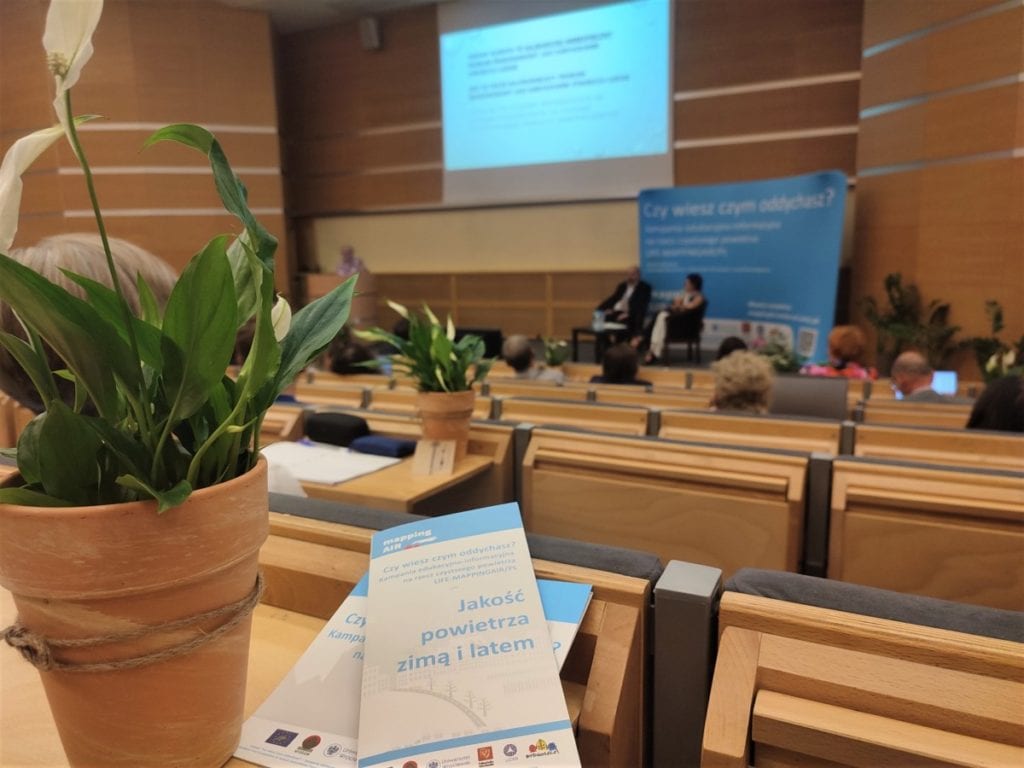
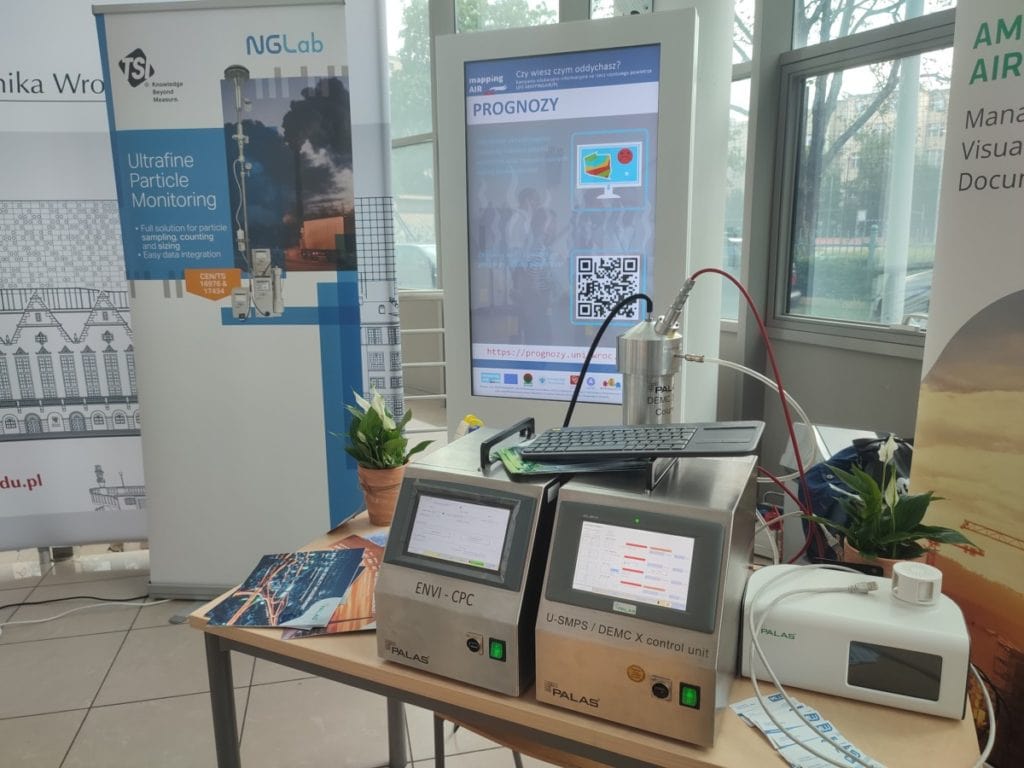
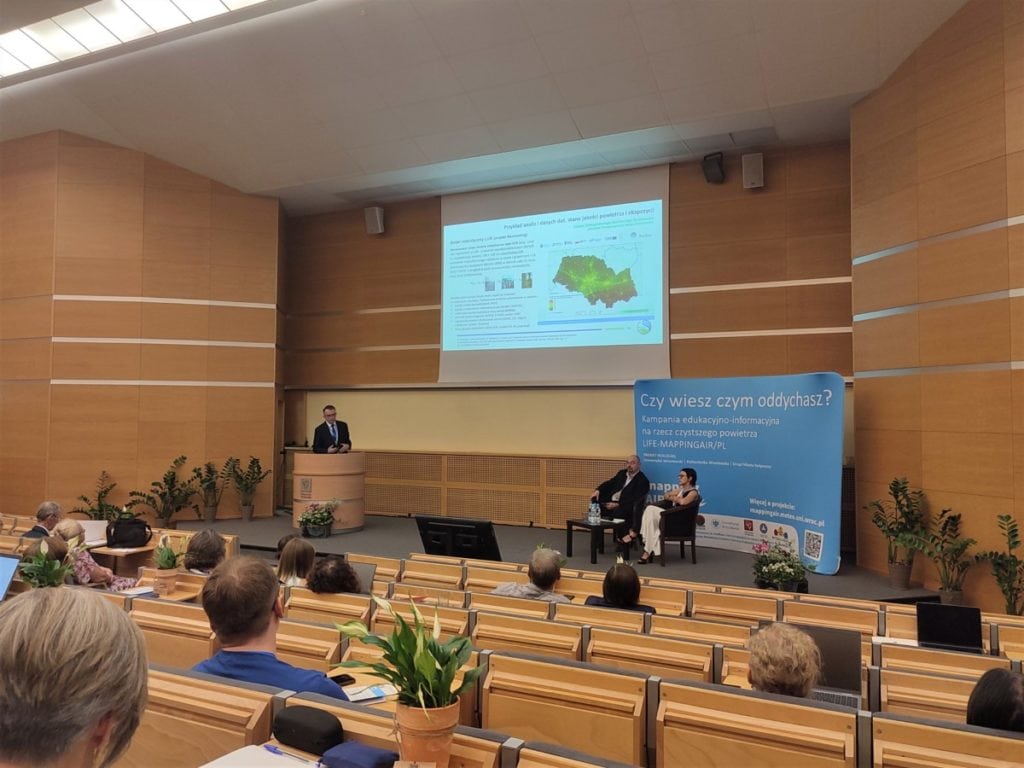
The second day continued with topics related to the state of the atmospheric environment, including emissions of harmful gases from various sources, such as landfills and tailings piles. There was also a session on molecular and environmental aerobiology covering topics including pollen transfer and its impact on allergy risk, as well as the impact of climate change on allergen concentrations. The day ended with a session on modeling the spread of chemical and biological pollutants and air quality.
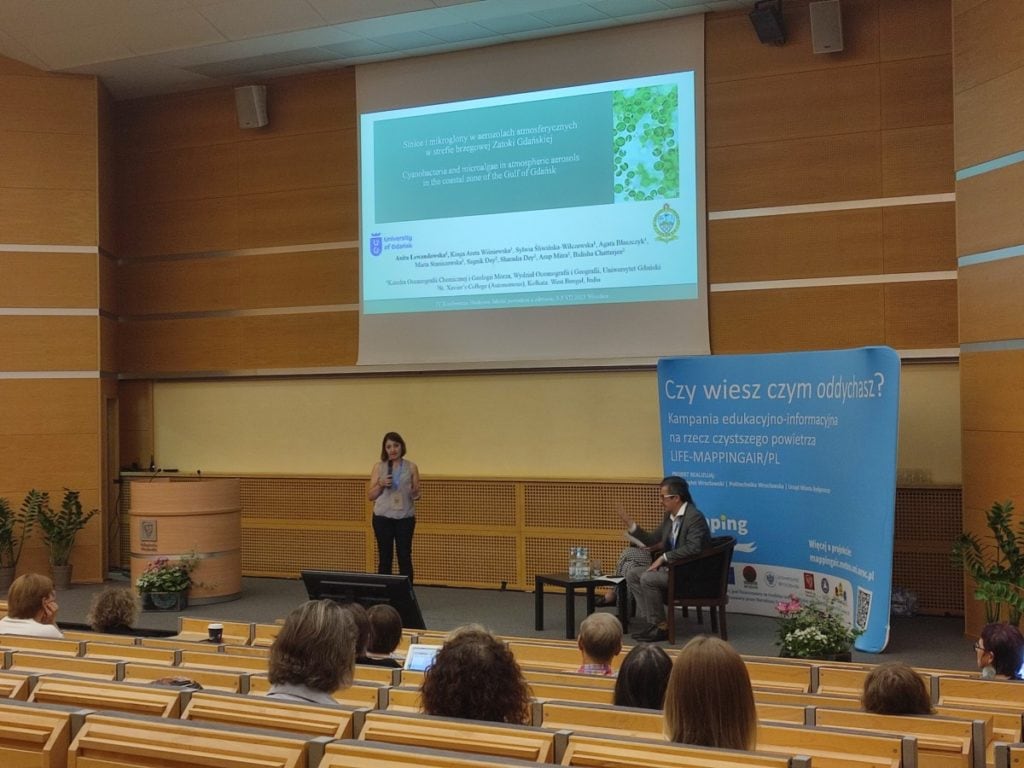

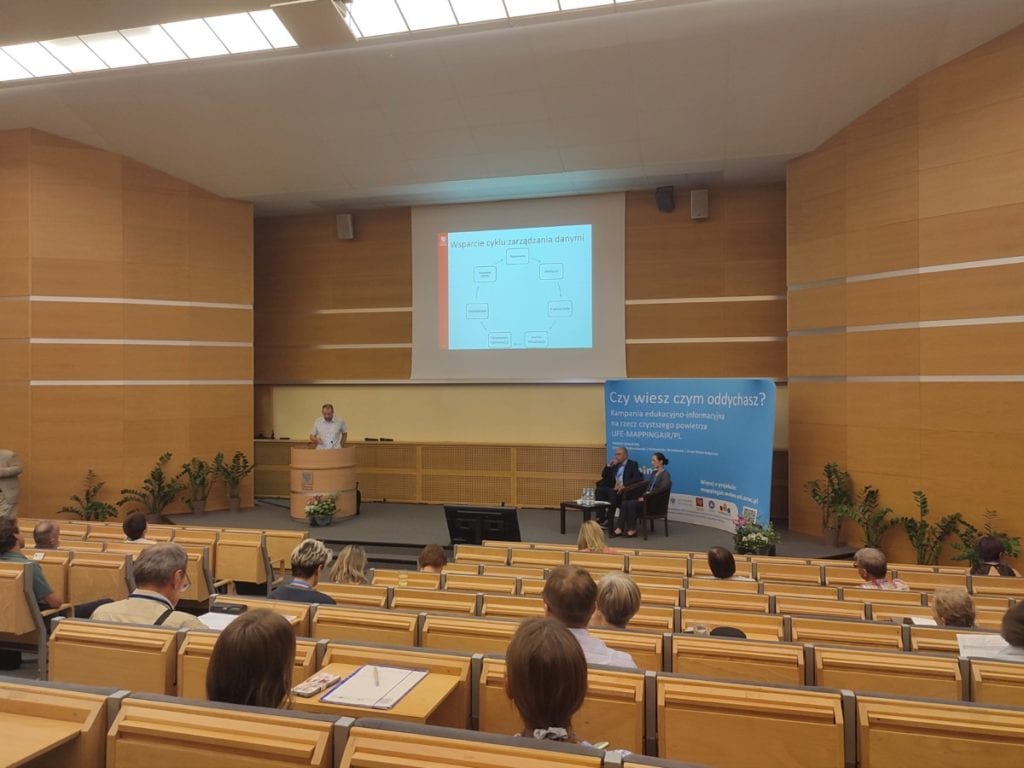
The final day of the conference began with a panel discussion on air quality management in the face of upcoming environmental challenges. The experts focused on the challenges of managing low emissions and introducing effective emissions monitoring mechanisms. The second part of the panel dealt with clean transportation zones and the question of whether they can be an effective tool in reducing traffic pollution. Experts have pointed to the positive impact of such solutions on air quality, especially in high traffic areas. Examples of foreign success stories were presented, where the introduction of clean transport zones has helped reduce emissions and improve the quality of life of residents. During the last day of the conference, there was also a session on air quality measurements during which the latest methods and technologies for monitoring pollution levels were presented. Social, economic and legal aspects of air quality were also addressed.


Summary of the conference
The Scientific Conference “Air Quality and Health” was not only a venue for the presentation of the latest research and scientific achievements, but also an opportunity to integrate the air quality community. The exchange of knowledge and experience between different entities was aimed at creating effective air quality management strategies. The scientific conference certainly contributed to raising awareness of air quality problems and their impact on health.
